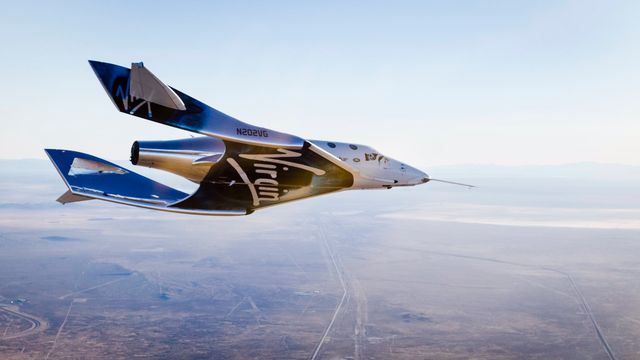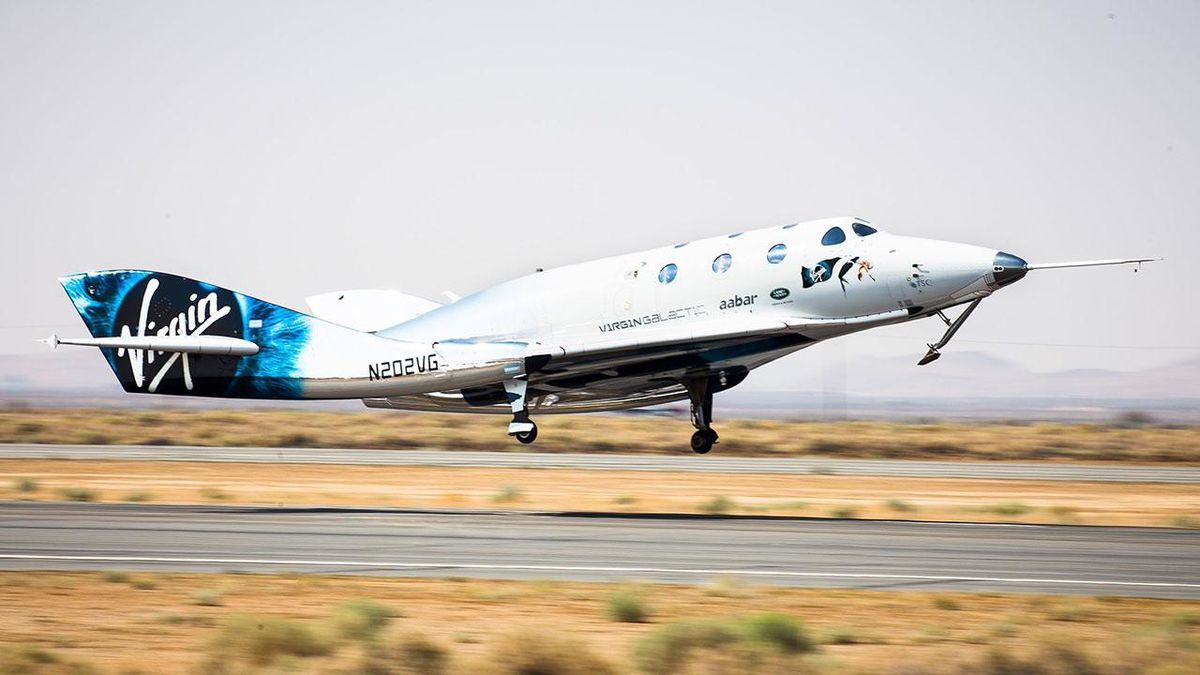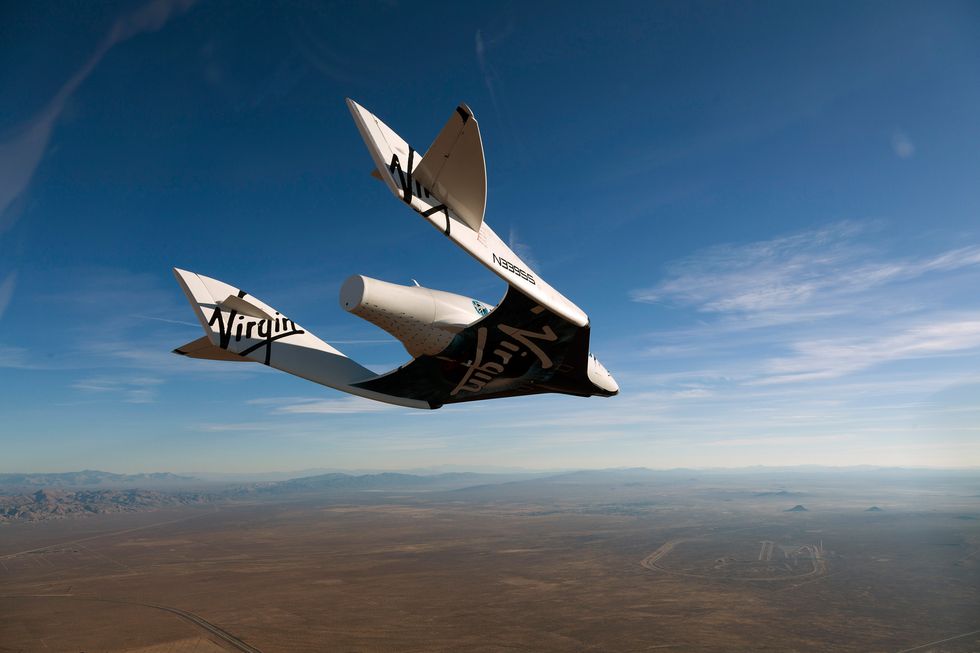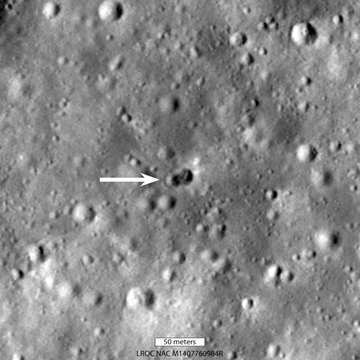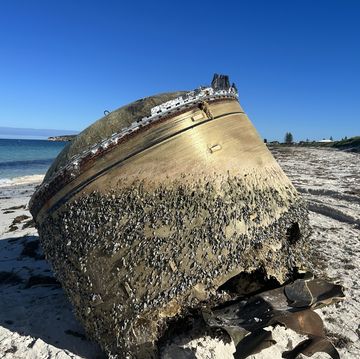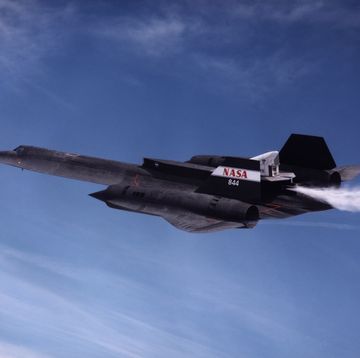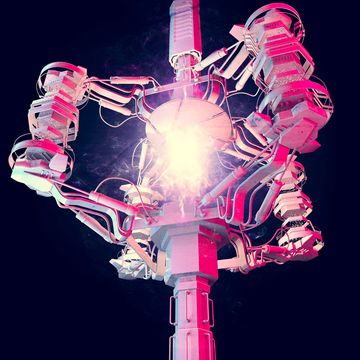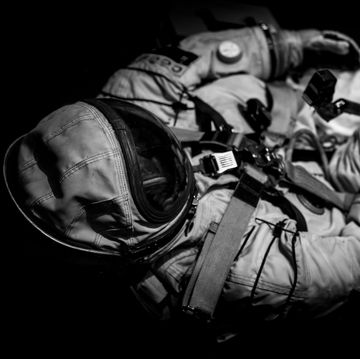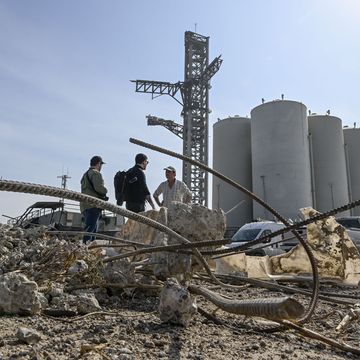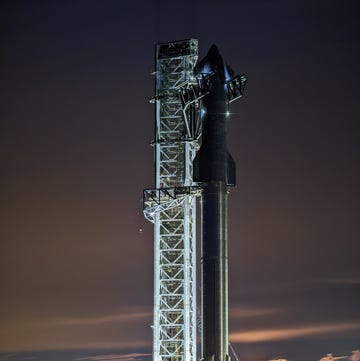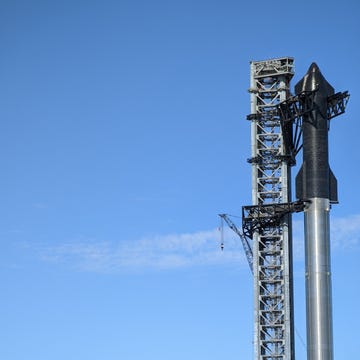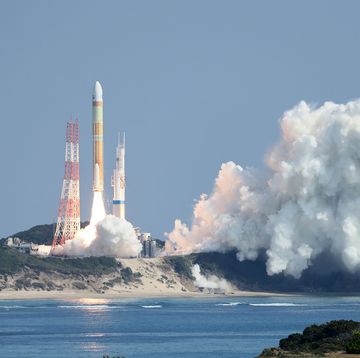Everyone loves a successful space launch. They are long shots: expensive, complicated, dangerous feats of engineering that seem to symbolize everything ambitious and daring about humanity. And so the world felt a twinge of pride when Virgin Galactic succeeded today, reaching the lower edge of suborbital space with SpaceShipTwo.
It was vindication for founder Richard Branson, and not just because of the company's long road and tragic struggles, including a 2014 crash that killed a test pilot. The media has treated the event as Branson winning a space race, beating Jeff Bezos and Elon Musk at sending a human to suborbital space in a privately built spacecraft.
But let’s face it: Virgin's achievement, while impressive, has already been overtaken by other paradigm-shattering space launches, and its luster will soon be dimmed by astronaut launches into actual orbit. And while the tempting narrative here is to pit the billionaire space industrialists against one another in some sort of race to recapture human spaceflight, that framing misses the point entirely. Each one has chased the dream in unique ways—ways so different that calling it a race is deceptive at best.
Beyond the Edge of Space
Let's start with Amazon billionaire Jeff Bezos and his company Blue Origin. Bezos has a suborbital rocket program that most closely echoes Virgin Galactic’s niche of sending rich tourists to the edge of space. But Blue Origin is also busy making an orbital version of its human spaceflight hardware. Unlike SpaceX, which skipped the suborbital race entirely, the company saw the less ambitious flights as vital practice for larger rockets and spacecraft.
Branson just beat Bezos is sending a person to sub-orbit, yes. Yet this milestone is a little hollow. Consider that Bezos’ company has created a new engine for the United Launch Alliance, is building major manufacturing facilities at Cape Canaveral, and has an active lunar landing program. All of this makes a suborbital flight pale in comparison. In some ways, Bezos has the fewest headline-making achievements to point to, yet perhaps the best market position as the industry matures.
Meanwhile, it's hard to say that Branson beat Elon Musk to space when Musk's company is already delivering cargo to the International Space Station and launching orbital payloads for a host of customers, including Uncle Sam. SpaceX (along with Boeing) has also booked pending crewed missions to the ISS—true orbital spaceflight with astronauts on board. Those are to start early next year and will signal the return of orbital human spaceflight to U.S. soil after years of exile in Russia. And Musk managed to change the entire competitive landscape for space launch across the globe in the same amount of time as Branson struggled to get this one flight off the ground.
A suborbital flight is a matter of altitude—go high enough to call it space (50 miles, in this case, instead of the traditionally accepted height of 62 miles) and come back down. It’s a ballistic jump shot. An orbital flight must go high, but it must also go fast in a lateral direction. The goal is for the spacecraft to fall off the edge of the planet’s curve. Orbital flights must be precise, and use smaller engines to place spacecraft exactly where they need to be. All of this requires complicated engines, thrusters, navigation, and telemetry systems.
Comparing a suborbital test flight with a crewed mission to ISS, then, is like comparing a diving bell to a deep-sea submarine. Adding insult to injury, both Musk and Bezos have an eye on human interplanetary exploration, with Blue Origin looking at the moon and SpaceX fixated on Mars. Musk even has a paying customer looking at a cruise past the moon and back. Now that’s space tourism!
The New Space Race(s)
A decade ago, the idea of a private tourist riding a spaceplane launched from mid-air to the edge of space was revolutionary. Back then, the Space Shuttle faced retirement and NASA stumbled under the pressures of shifting politics. People wanted something hopeful, and the idea of a real private industry filled the void.
But things change a lot in ten years. While Branson’s promised timeline for space tourism gave way to tragic reality, the rest of the space industry underwent a revolution. Dozens of small satellite launchers rose up to fill low-Earth orbit with new constellations. The U.S. government grew eager to develop hire private companies for launches. Instead of building dedicated spaceports like the oft-maligned Spaceport America, cities are converting underused airports to spaceports that can accommodate air-launch rocket systems.
There is not one New Space Race. There are several. The key players have hardware that will face off to win future markets, and those markets are more vital than space tourism. According to a new research report by the market research and strategy consulting firm, Global Market Insights, Inc., the market to launch commercial satellites will hit $7 billion by 2024, dwarfing the space tourism economy.
Even Branson knows this. His other space company, Virgin Orbit, is taking the air-launch concept and applying it to something more important and economically stable than putting Leonardo DiCaprio into suborbital space. Launching satellites from a large airplane has big advantages, especially for U.S. government customers who may need to replace a sat or augment their orbital technology during a crisis.
None of this is to say we shouldn't celebrate Virgin's achievement. But keep the good champagne on ice, because the truly remarkable breakthroughs in spaceflight are right around the corner.
Joe Pappalardo is a contributing writer at Popular Mechanics and author of the new book, Spaceport Earth: The Reinvention of Spaceflight.

